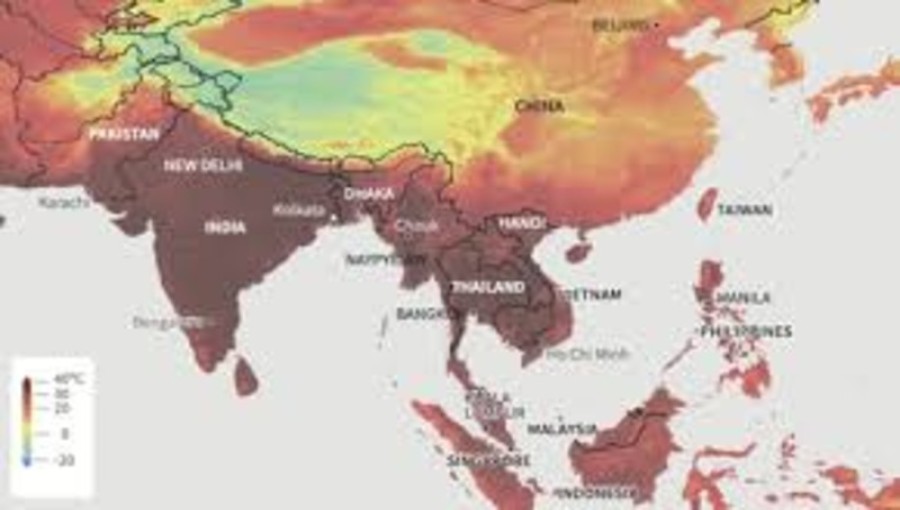
Photo: Collected
Deadly Heatwave Grips South Asia and West Asia.
In a sobering turn of events, a scorching heatwave has tightened its grip on both South Asia and West Asia, leaving a trail of devastation in its wake. From India, where temperatures soared to a staggering 46ºC, to West Asia, encompassing Palestine and Israel, where the mercury surpassed 40°C, the toll on human life and well-being is undeniable.
A recent report by the World Weather Attribution (WWA) has sent shockwaves through South Asia, revealing that the scorching heatwaves plaguing the region have become a staggering 45 times more likely due to climate change. This finding underscores the urgent need for action as extreme temperatures continue to threaten lives and livelihoods across Bangladesh and neighboring countries.
In Bangladesh, where summers have become increasingly unbearable, 2024 marked the hottest year yet, with average temperatures soaring to a blistering 40 to 42 degrees Celsius across all districts. The consequences are dire, with both the population and biodiversity of the country hanging in the balance amidst this unprecedented catastrophe.
But Bangladesh is not alone in facing the wrath of climate change-induced heatwaves. Across Asia, millions are grappling with extreme temperatures surpassing 40°C, a reality made even more perilous by human-driven global warming. From the bustling streets of Delhi to the war-torn landscapes of Gaza, the impact of rising temperatures is acutely felt by those least equipped to withstand its fury.
The WWA report delves into the grim statistics, revealing a stark reality: heatwaves that once occurred once every 30 years in South Asian regions now strike with alarming frequency, becoming 45 times more likely and nearly a degree Celsius hotter. The implications are profound, with record-breaking temperatures shattering previous thresholds in countries like Myanmar, Laos, and Vietnam.
In India, where temperatures soared to a sweltering 46ºC, and in West Asia, including Palestine and Israel, where temperatures surpassed 40°C, the heatwave's toll on human life and well-being is undeniable. Tragically, heat-related deaths are on the rise, with reports emerging from Bangladesh, India, Gaza, Thailand, and the Philippines.
Beyond the loss of life, heatwaves are wreaking havoc on agriculture, livestock, water resources, and public health infrastructure. Communities already grappling with poverty, displacement, and conflict find themselves even more vulnerable to the ravages of climate change.
The urgency of the situation cannot be overstated. As Friederike Otto, Senior Lecturer in Climate Science at Imperial College London, warns, continued reliance on fossil fuels will only exacerbate the crisis, leading to more suffering and loss of life.
This sobering reality underscores the need for immediate, concerted action to mitigate the impacts of climate change and safeguard the most vulnerable among us. With each passing day, the window of opportunity to avert further catastrophe grows smaller, making bold, decisive measures all the more imperative.
As the world grapples with the escalating climate crisis, the fate of South Asia hangs in the balance. Unless urgent steps are taken to curb emissions and limit global warming to 1.5°C, the region faces an increasingly uncertain and perilous future. It is a call to action that cannot be ignored—a plea for humanity to come together and confront the greatest challenge of our time before it's too late.
END/V7N/SMA/DK/








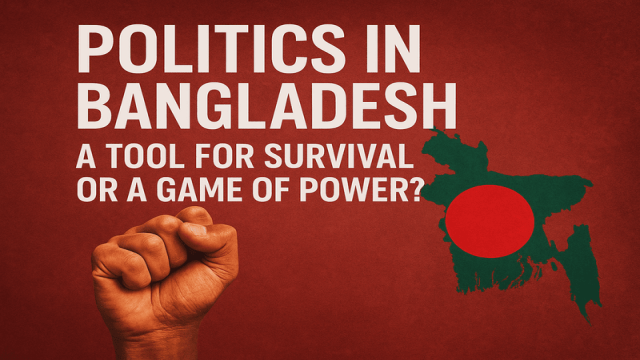
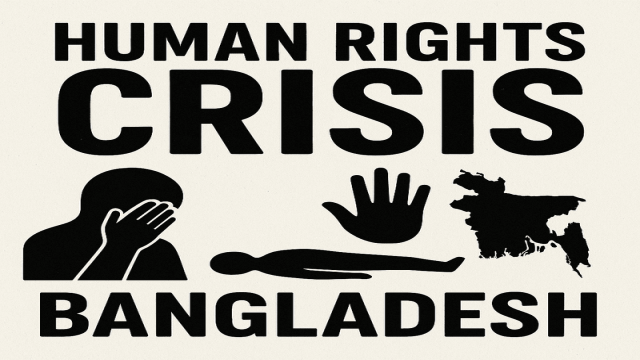
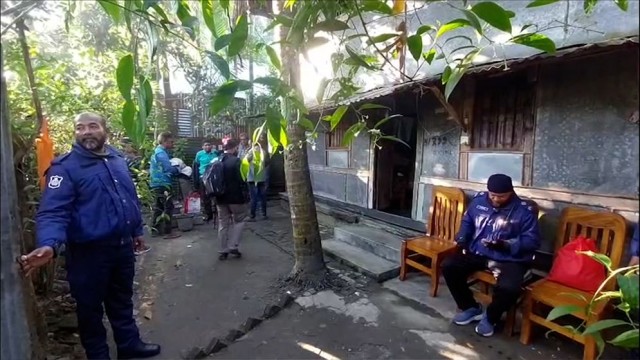

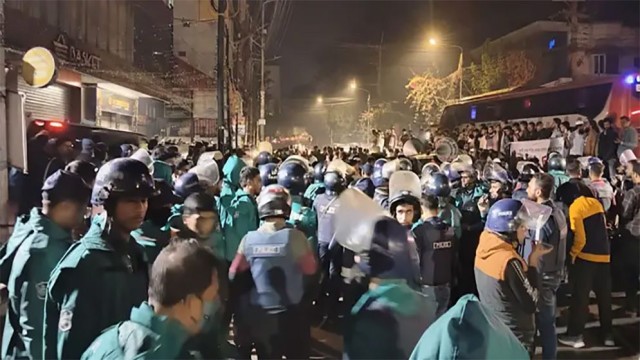
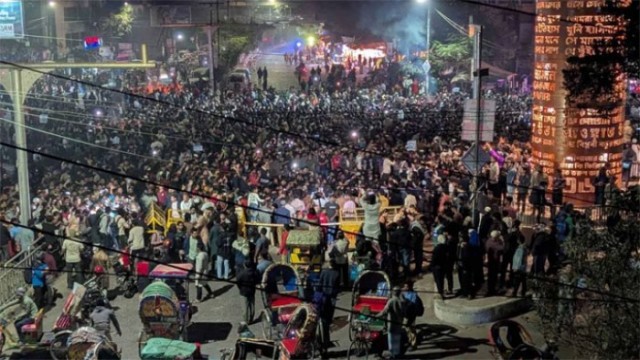
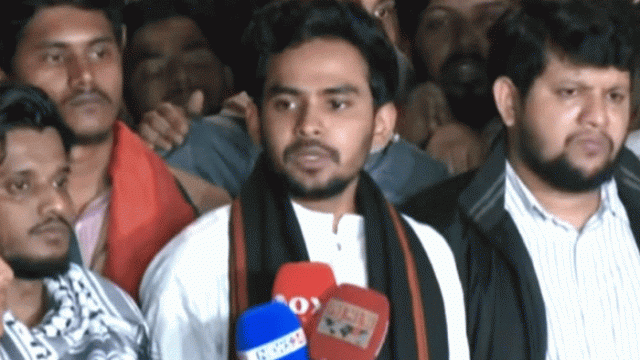


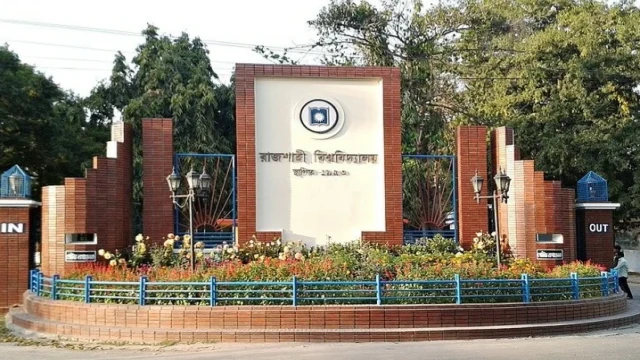
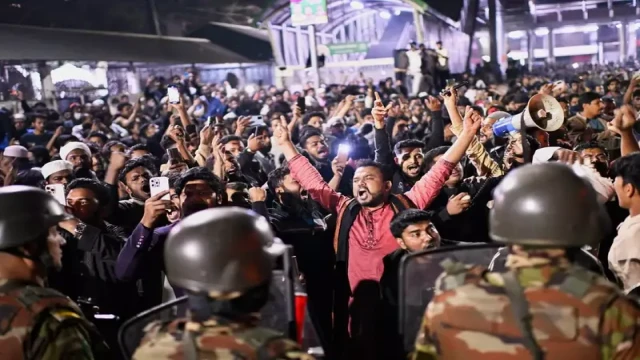





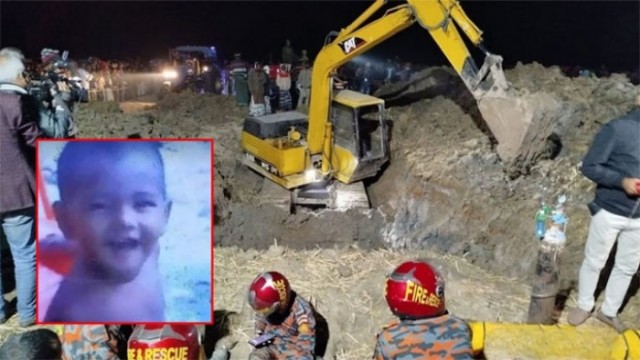


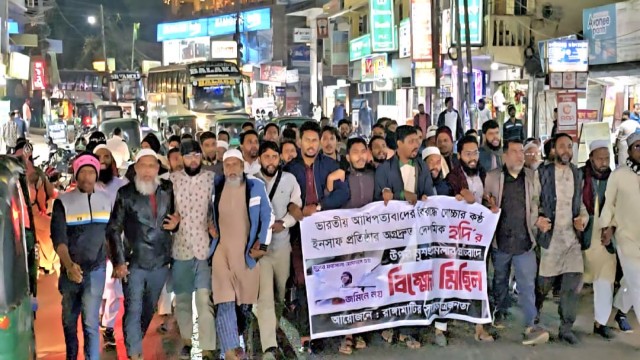



Comment: